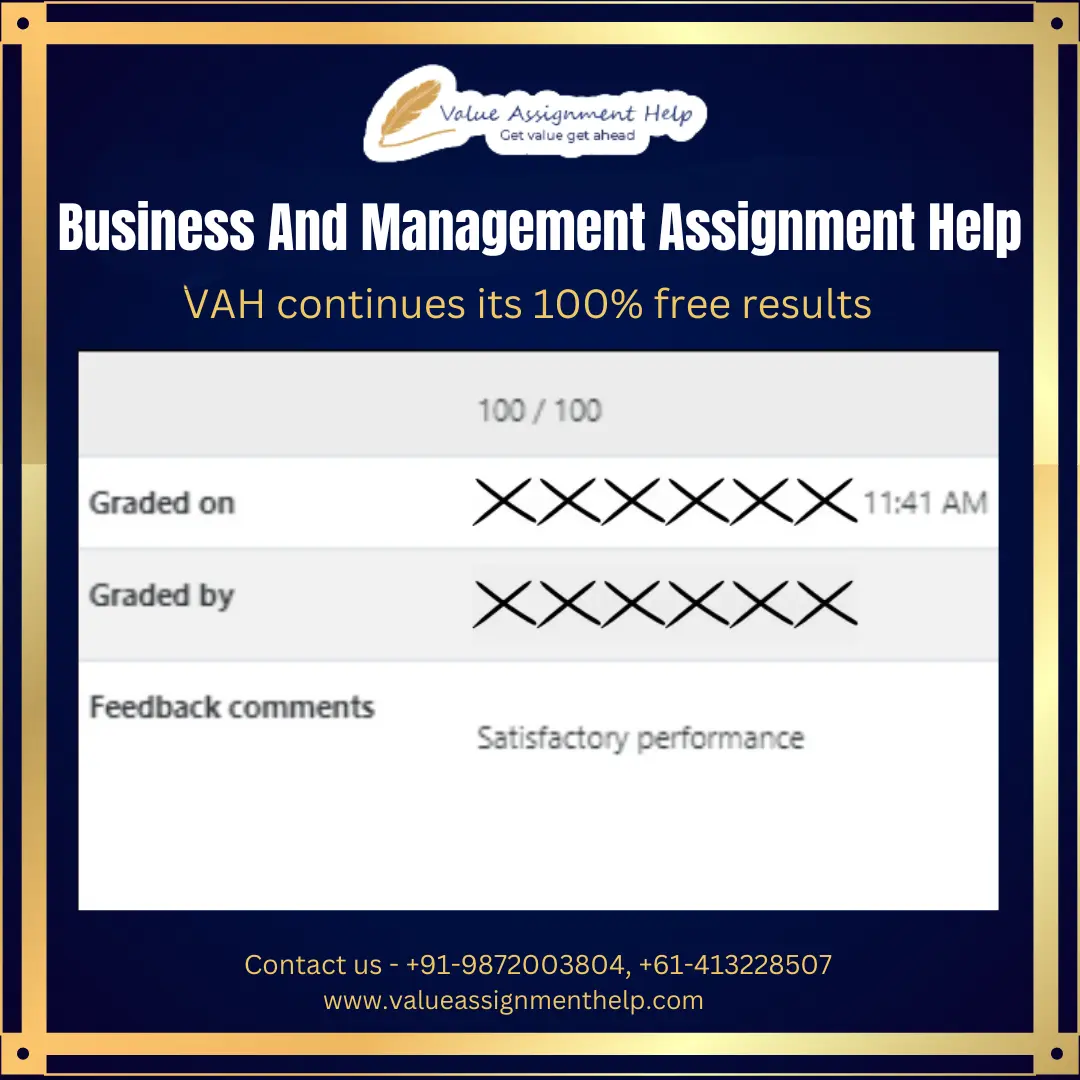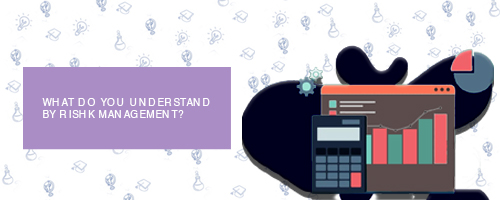Risk Management Assignment Help Sample by VAH Experts
Critically analyze the role of risk management in ensuring business sustainability. Use relevant theories and real-world examples to support your argument?
Introduction: Risk management is a crucial component of business strategy, ensuring long-term sustainability by identifying, assessing, and mitigating potential risks. Organizations face various risks, including financial, operational, strategic, and compliance risks. This essay explores the significance of risk management in business sustainability using key theories and real-world examples.
The Role of Risk Management in Business Sustainability: Effective risk management enhances decision-making and organizational resilience. The Enterprise Risk Management (ERM) framework emphasizes a holistic approach to risk identification and mitigation. According to the COSO ERM framework, businesses must integrate risk management into corporate governance and strategic planning.
Key Risk Management Strategies: Risk management involves several key strategies, including risk avoidance, reduction, sharing, and acceptance. The use of risk assessment tools such as SWOT analysis (Strengths, Weaknesses, Opportunities, and Threats) and PESTLE analysis (Political, Economic, Social, Technological, Legal, and Environmental factors) helps businesses anticipate potential threats and prepare effective responses.
Real-World Examples: A notable example of successful risk management is Unilever, which integrates sustainability and risk management into its business model. By addressing environmental and supply chain risks, Unilever has strengthened its market position. In contrast, the 2008 financial crisis highlighted poor risk management practices in banks like Lehman Brothers, leading to their collapse.
Challenges in Risk Management: Despite its benefits, risk management faces challenges such as uncertainty, regulatory changes, and resource limitations. Businesses must continuously adapt their risk strategies to evolving threats, such as cybersecurity risks and climate change.
Conclusion: Risk management is essential for business sustainability, providing a structured approach to handling uncertainties. Organizations that proactively implement risk management frameworks are better positioned for long-term success.
References
Committee of Sponsoring Organizations of the Treadway Commission (COSO). (2017). Enterprise Risk Management—Integrating with Strategy and Performance.
Kaplan, R. S., & Mikes, A. (2012). Managing Risks: A New Framework. Harvard Business Review.
Hopkin, P. (2018). Fundamentals of Risk Management: Understanding, Evaluating and Implementing Effective Risk Management.
Risk Management Assignment Help Sample by VAH Experts
What are the stages of risk management?
The stages of risk management are the steps involved in the process of carrying out risk management. These steps can be identified as follows:
-
Identifying the risk – It is important for an organization to identify the potential risks in the market that may affect their business.
-
Analyzing the risk – After identifying these risks, a thorough analysis of the same should be done to determine how often would these risks occur and what would be their impact on your business.
-
Prioritizing the risk – Having completed the analysis, the risks should be prioritized on the degree of their impact and the frequency of their occurrence.
-
Treating the risk – Going priority wise with treating the risk with the highest effect first, the organization should come up with a plan to either solve the risk or decrease its effect by mitigating it.
-
Monitoring the risk – Monitoring is an ongoing process which means having a lookout for potential risks at all times.
Risk Management Assignment Help Sample by VAH Experts
What is risk management?
Risk management ensures that an organization identifies, manages and monitors any potential risks that the organization might face.
The main purpose of risk management is to make sure that the potential risks are minimized so that there is no disruption or negative impact in the working of the organization.
Risk management also helps to identify the biggest threats or risks to the organization and set up proper guidelines and procedures to minimize its impact.
Risk management helps to optimize success. This is done by maximizing the opportunities present and minimizing the threats.
In a nutshell, risk management helps to reduce uncertainty to that extent that is tolerable by the organization.






.png)
.png)
.png)








